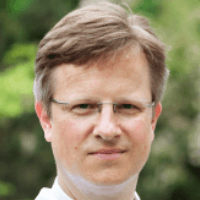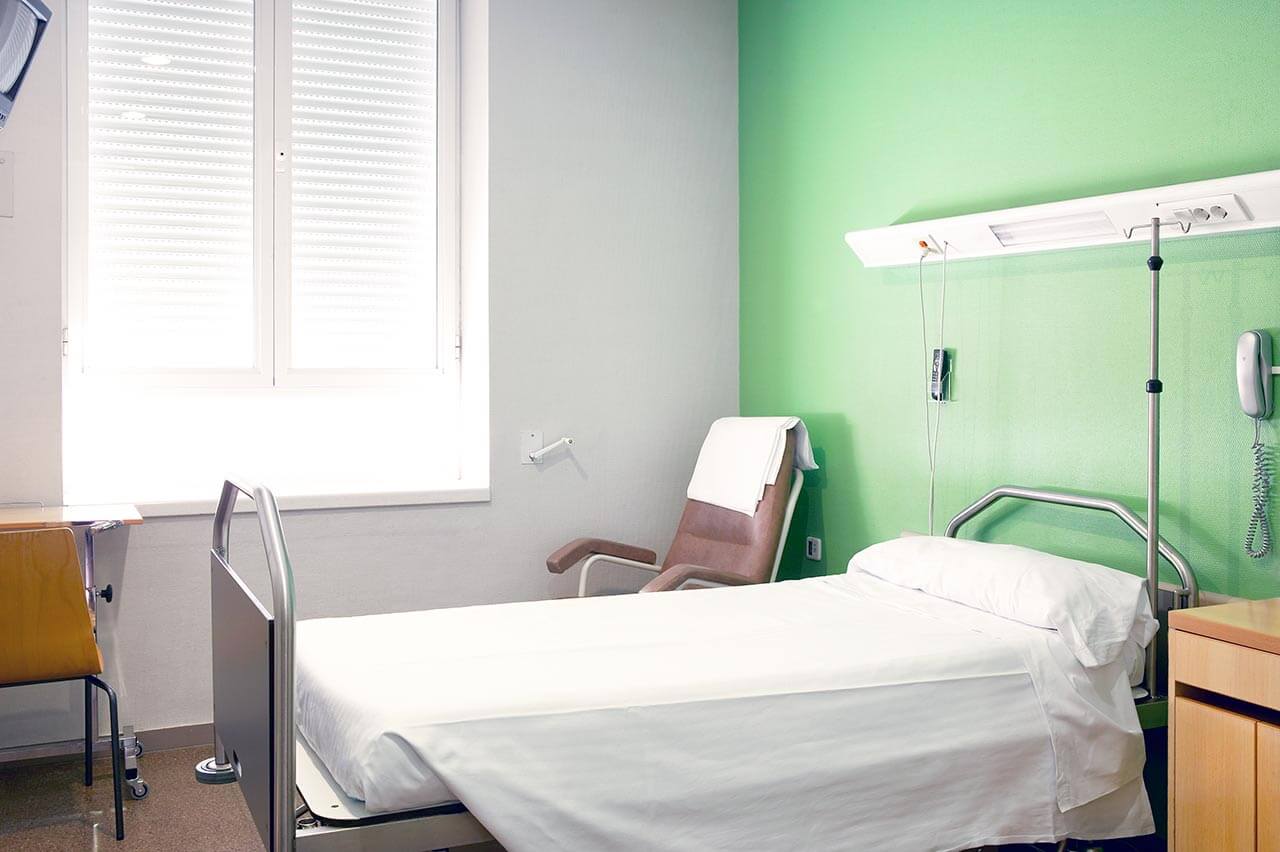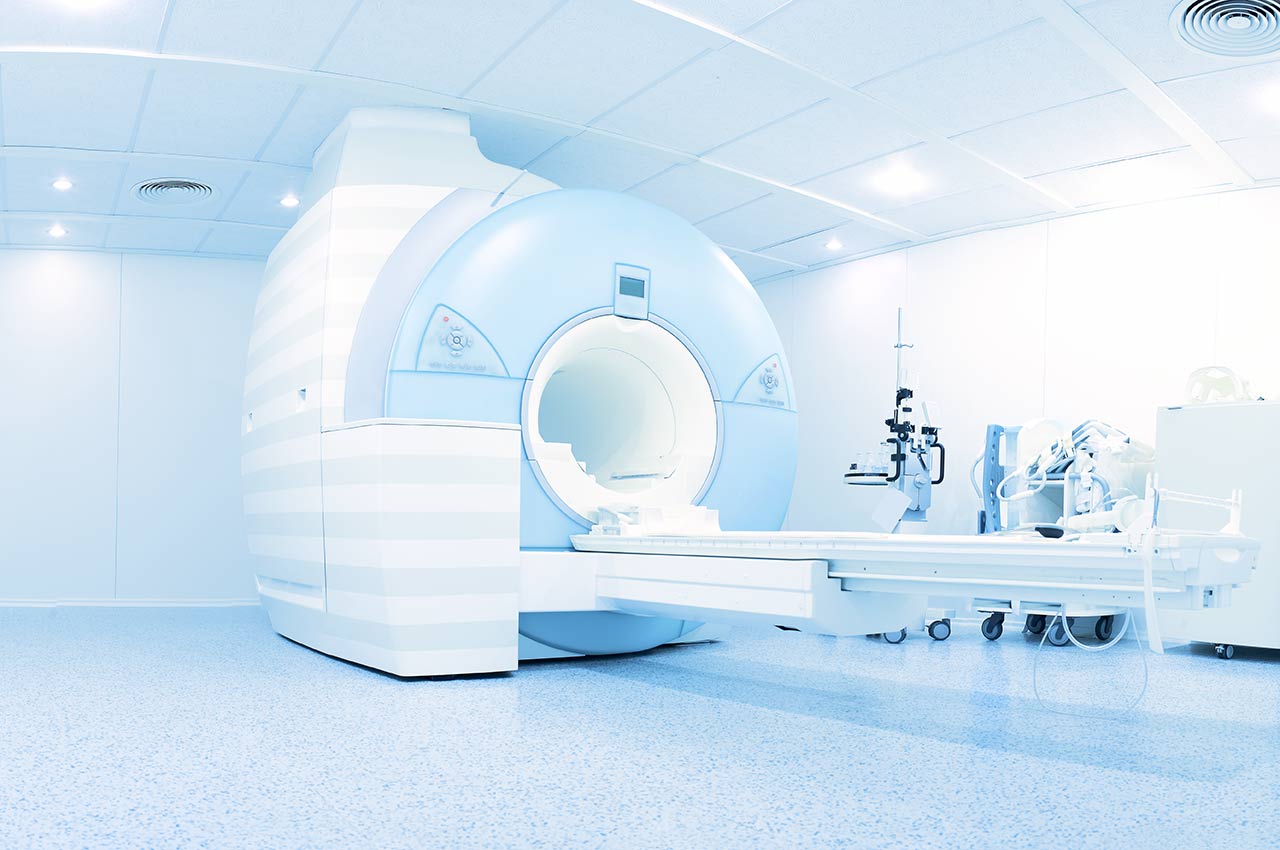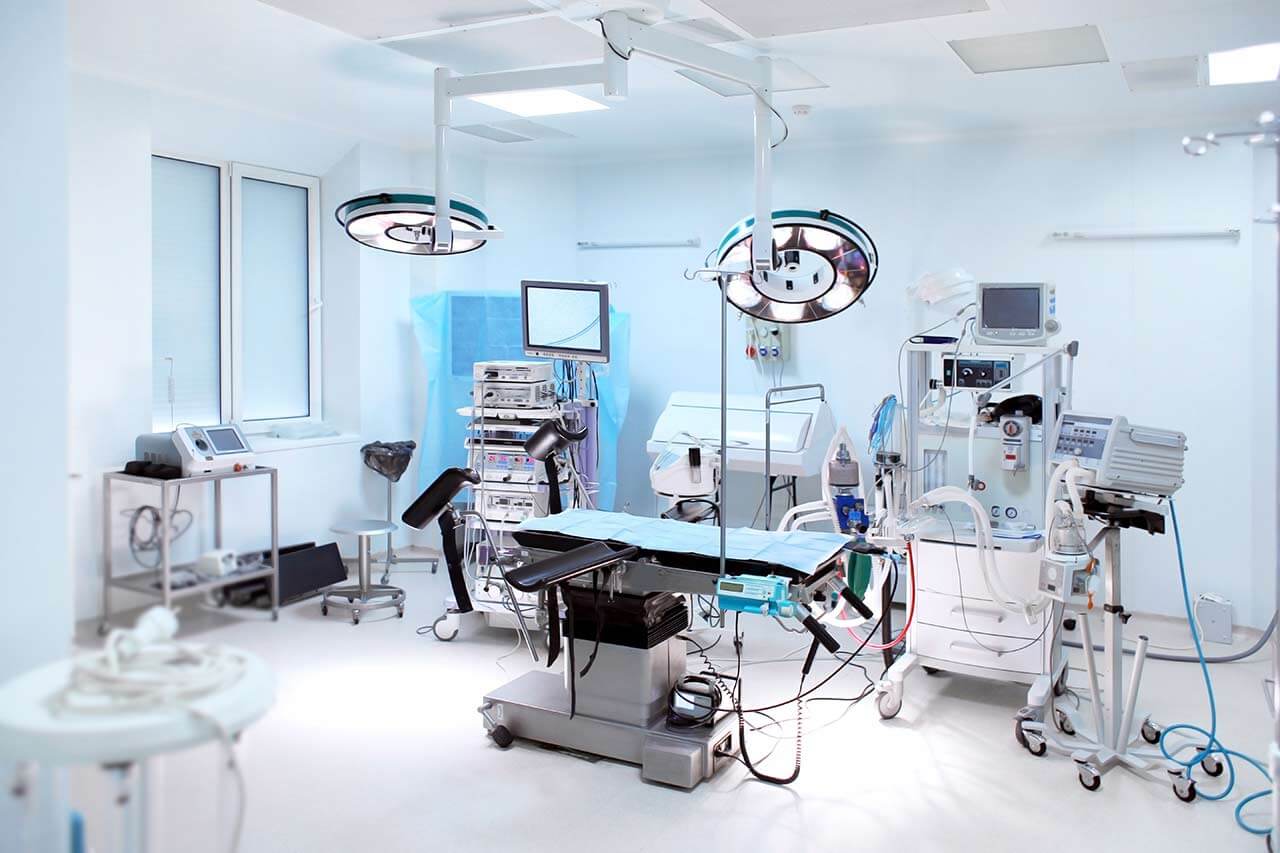
The program includes:
- Initial presentation in the clinic
- clinical history taking
- physical examination
- review of medical records
- laboratory tests:
- complete blood count
- general urine analysis
- biochemical analysis of blood
- indicators of inflammation (CRP, ESR)
- indicators of blood coagulation
- X-ray examination of the knee
- CT scan of the knee
- preoperative care
- endoprosthesis replacement
- symptomatic treatment
- control examinations
- physiotherapeutic procedures
- orthopedic appliances
- the cost of essential medicines and materials
- nursing services
- full hospital accommodation
- explanation of future recommendations
The program includes orthopedic rehabilitation:
- Primary presentation in the clinic
- medical history, including family history
- complex neurological and orthopedic examinations
- X-ray examination
- complex neurophysiological examinations
- individual rehabilitation program, which includes:
- Wii Fit training in the use of the balance
- neuropsychological therapy
- functional therapy of the upper extremities (ArmeoSpring)
- kinesitherapy (physiotherapy)
- biocontrol with feedback
- healing deep muscle massage
- acupuncture of spasticity and pain syndromes
- occupational therapy
- psycho-educational classes
- individual physiotherapy
- microcurrent treatment
- fangotherapy / cryotherapy
- antispasmodic drug therapy
- mobilization of limb joints
- hydrotherapy / massage therapy / reflexology
- training on special trainers
- etc.
- nurses care
- stay in the hospital with full board
- symptomatic and drug therapy
How program is carried out
Preliminary preparation for surgery: quitting smoking and drinking alcohol 2 weeks before surgery; cancelling non-steroidal anti-inflammatory drugs (diclofenac, ibuprofen); cancelling anticoagulants (warfarin); normalization of body mass, if possible.
Preoperative examination, including consultation with an anesthesiologist and necessary related specialists. X-ray examination and MRI of the knee joints are performed. The examination takes 1-2 days.
Surgical knee endoprosthesis replacement. The operation is performed under general anesthesia and lasts for about 2 hours.
Postoperative care. During the first day after the intervention the patient stays in the intensive care unit, under round-the-clock medical supervision. After that, with a smooth course of the postoperative period, the patient is transferred to a regular ward and the drains are removed. The range of motion expands gradually, from light toes movements to walking. Walking with the use of walking aids is allowed in 3-5 days after the operation. Normal walking without the use of walking aids (crutches, cane) will become possible in 6-12 weeks.
Finally, the attending physician will evaluate the results of control examinations, schedule the date of discharge from the hospital and give you detailed recommendations for further follow-up and treatment.
Rehabilitation. The rehabilitation program begins after the transfer of the patient from the intensive care unit to a regular ward. It includes physical activity (from exercises in bed in the early days to exercises in the gym), physiotherapy, massage (including lymphatic drainage). After discharge from the hospital, the patient is transferred to a specialized rehabilitation clinic for 2 weeks, where he undergoes an advanced rehabilitation course.
Required documents
- Medical records
- X-ray examination, MRI/CT scan (if available)
Service
You may also book:
 BookingHealth Price from:
BookingHealth Price from:
About the department
According to the Focus magazine, the Department of Adult and Pediatric Orthopedics at the University Hospital Würzburg is one of the leading orthopedic clinics in Germany!
The department is the center of maximum orthopedic care and offers the diagnostics and treatment of all diseases and injuries of the musculoskeletal system. Along with the full range of modern operative and conservative orthopedics, the department specializes in hip and knee replacement surgery using the minimally invasive methods, replacement/revision of prostheses, orthopaedic oncology, foot surgery and problems in the patella. The department is headed by the internationally acknowledged specialist Prof. Dr. med. Maximilian Rudert.
The special competence of the department lies in joint replacement surgery. The department performs more than 650 hip replacement surgeries and 750 knee joint replacement surgeries annually. Also, it performs more than 400 operations to replace implanted endoprostheses in the case of displacement and destabilization of the endoprosthesis components. The implantation of prostheses is performed both by the traditional method and using minimally invasive access. The range of the offered services also complements the surgical treatment of certain hip and knee diseases, for example, surgery for hip impingement syndrome.
The department also offers the diagnostics and treatment of all congenital and acquired diseases of the foot and ankle. The department has all modern methods of treatment in the field of surgery. The range of foot and ankle surgery covers such interventions as the ankle replacement surgery, toe correction(valgus deformity of the great toe, claw toes), treatment of flatfoot, ankle impingement syndrome, etc.
The department's specialists have advanced experience in pediatric orthopedics. They offer the prevention, diagnostics and treatment of all diseases and injuries of the musculoskeletal system in children and adolescents of all age groups. The key attention is paid to the surgical treatment, taking into account the constant growth in children. The indications for treatment in the department are such diseases and pathologies as deformities and growth disorders of the lower limbs, dysplasia, and hip joint dislocation, Perthes disease, spinal diseases, etc.
The diagnostic and therapeutic range of the department includes the following options:
- Arthroscopic surgery
- Degenerative and inflammatory changes in the joints, fresh injuries, and the consequences of injuries
- Replacement surgery
- Hip replacement surgery
- Joint replacement through the standard access
- Joint replacement through the minimally invasive access
- Prosthesis replacement surgery
- Minimally invasive implantation techniques
- Knee replacement surgery
- Total knee replacement surgery
- Individual knee prosthesis
- Prosthesis replacement surgery
- Knee replacement surgery with computer navigation
- Minimally invasive implantation techniques
- Hip replacement surgery
- Foot and ankle surgery
- Toe correction (valgus deformity of the great toe, claw toes)
- Restricted movements of the first metatarsophalangeal joint (rigid thumb)
- Flat feet in adults
- Metatarsalgia (pain in the foot pad)
- Ankle impingement syndrome
- Ankle replacement surgery
- Tarsal arthrodesis
- Subtalar arthrodesis
- Tendon reconstruction
- Correction of foot deformities caused by paresis
- Removal of bone protrusions (exostosis, bone spurs)
- Operations in diseases caused by ankle degradation
- Arthroscopic ankle interventions
- Operations in rheumatic foot lesions
- Treatment of diabetic foot
- Foot deformities in children and adolescents
- Pediatric orthopedics
- Deformities and growth disorders of the lower limbs
- Hip diseases in children (hip dysplasia and dislocation)
- Perthes disease
- Epiphyseolysis capitis femoris
- Knee diseases
- Foot deformities
- Spinal pathologies
- Skeletal dysplasia
- Inflammatory rheumatic joint diseases
- Neuro-orthopedics
- Cerebral palsy
- Meningomyelocele (spina bifida)
- Muscular dystrophies, especially Duchenne muscular dystrophy
- Osteology / osteoporosis
- Diagnostics and treatment of the disorders of calcium-phosphorus metabolism
- Orthopedic oncology
- Diagnostics and treatment of tumor-like formations, benign and malignant tumors
- Orthopedic rheumatology
- Diagnostics and treatment of inflammatory rheumatic diseases
- Shoulder and elbow surgery
- Impingement syndrome
- Forearm calcification
- Shoulder instability (dislocations)
- Rotator cuff tear
- Shoulder periarthritis
- Shoulder arthrosis
- Clavicle fracture
- Fracture of the humeral head
- Sports and spinal orthopedics
- Meniscal injuries
- Cruciate ligament injuries
- Patellar dislocation
- Cartilage damage
- Orthopedic spinal care
- Spinal disc herniation
- Post-discectomy syndrome
- Vertebral instability
- Spondyloarthritis
- Spondylolisthesis
- Spinal stenosis
- Osteoporotic spinal changes
- Spinal inflammatory diseases
- Tumors or metastases in the spine
- Prevention, diagnostics and treatment of other diseases and pathologies of the musculoskeletal system in adults and children
Curriculum vitae
Clinical Position
- Medical Director of the Orthopedic Clinic König-Ludwig-Haus.
- Head of the Section of Endoprosthetics.
- Head of the Section of Orthopaedic Oncology and Foot Surgery.
Qualifications / Additional Qualifications
- Orthopedist and Trauma Surgeon.
- Special Orthopedic Surgery.
- Sports Medicine.
- Publisher of the Operative Orthopädie und Traumatologie Journal.
- Scientific Council, Der Chirurg Journal.
- Professional Council of the information platform www.operation.de.
Areas of Specialization
- Hip replacement surgery (minimally invasive and traditional).
- Knee joint replacement.
- Hip and knee revision replacement.
- Orthopaedic oncology.
- Foot surgery.
- Hip and knee surgery.
- Surgical treatment of hip impingement syndrome.
- Cartilage cell transplantation in the treatment of all joints.
- Bone necrosis.
- And other focuses.
Honorary Positions and Memberships in Professional Societies
- Vice Dean of the Medical Faculty at the University.
- Chairman of the Working Group on Advanced Training and Retraining of the German Society for Orthopaedics and Trauma (DGOU).
- Member of DGOU, ICRS, WITE, SICOT, Working Group on Endoprosthetics (AE).
- National Delegate of the International Society of Orthopaedic Surgery and Traumatology (SICOT).
- Member of the Examination Committee of the Bavarian State Medical Association.
- Delegate of the Medical Faculty at the University of Würzburg to the Bavarian State Medical Association.
- Chairman of the Scientific Council of the Medical Faculty.
- Academy of the German Arthroplasty Association.
- Scientific Council of the AFOR Foundation (Association for Orthopaedic Research).
- President of the German Congress of Orthopaedics and Traumatology 2018.
Photo of the doctor: (c) Universitätsklinikum Würzburg
About hospital
According to the FOCUS magazine in 2019, the University Hospital Würzburg ranks among the top national German hospitals!
The hospital is one of the oldest medical facilities in Germany. The centuries-old traditions of first-class treatment are combined with the very latest achievements of modern evidence-based medicine and advanced expert experience. The hospital is the maximum care medical center and covers all fields of modern medicine. The hospital has an impeccable international reputation and treats a large number of patients from other countries every year.
A distinctive peculiarity of the hospital is active interdisciplinary cooperation. A large number of diseases are diagnosed and treated within the specialized centers, which medical teams rely on the unique experience of treatment of a wide variety of clinical cases. For example, such centers include the General Cancer Center, the Stem Cell Therapy Center, the Breast Health Center, the Gastrointestinal Center, the Thoracic Surgery Center, etc. In total, the hospital has more than 40 centers of this kind. Therefore, the patients of the hospital are confident that they will be offered the most relevant treatment in accordance with the very latest medical recommendations.
In addition to the most advanced achievements and methods of modern medicine, the medical team of the hospital makes every effort to create a comfortable, friendly atmosphere, which promotes patient well-being and recovery.
Photo: (с) depositphotos
Accommodation in hospital
Patients rooms
The patients of the University Hospital Würzburg live in comfortable rooms made in a modern design and bright colors. The patient room includes a bed with a remote control, a bedside table with a sliding table, a wardrobe, a TV. The patient rooms have the possibility of Internet connection. The enhanced-comfort rooms are equipped with a safe, a fridge and upholstered furniture.
Meals and Menus
The patients of the hospital are offered a varied and tasty three meals a day. There is a daily choice of several menus, including a dietary one. In case of intolerance to any food, please inform the medical staff about your food preferences in advance. After that, you will be offered an individual menu. Also, the hospital houses the cafes and cafeterias with a wide assortment of drinks, fresh pastries, fresh salads, sweets and other dishes.
Further details
Standard rooms include:
Religion
Christian priests are available for the patients at any time. Representatives of other religions may be requested at any time.
Accompanying person
Your companion may stay with you in your room or at a hotel of your choice during the fixed program.
Hotel
You may stay at the clinic hotel or a hotel of your choice during the outpatient program. Our manager will help you choose the best option.





